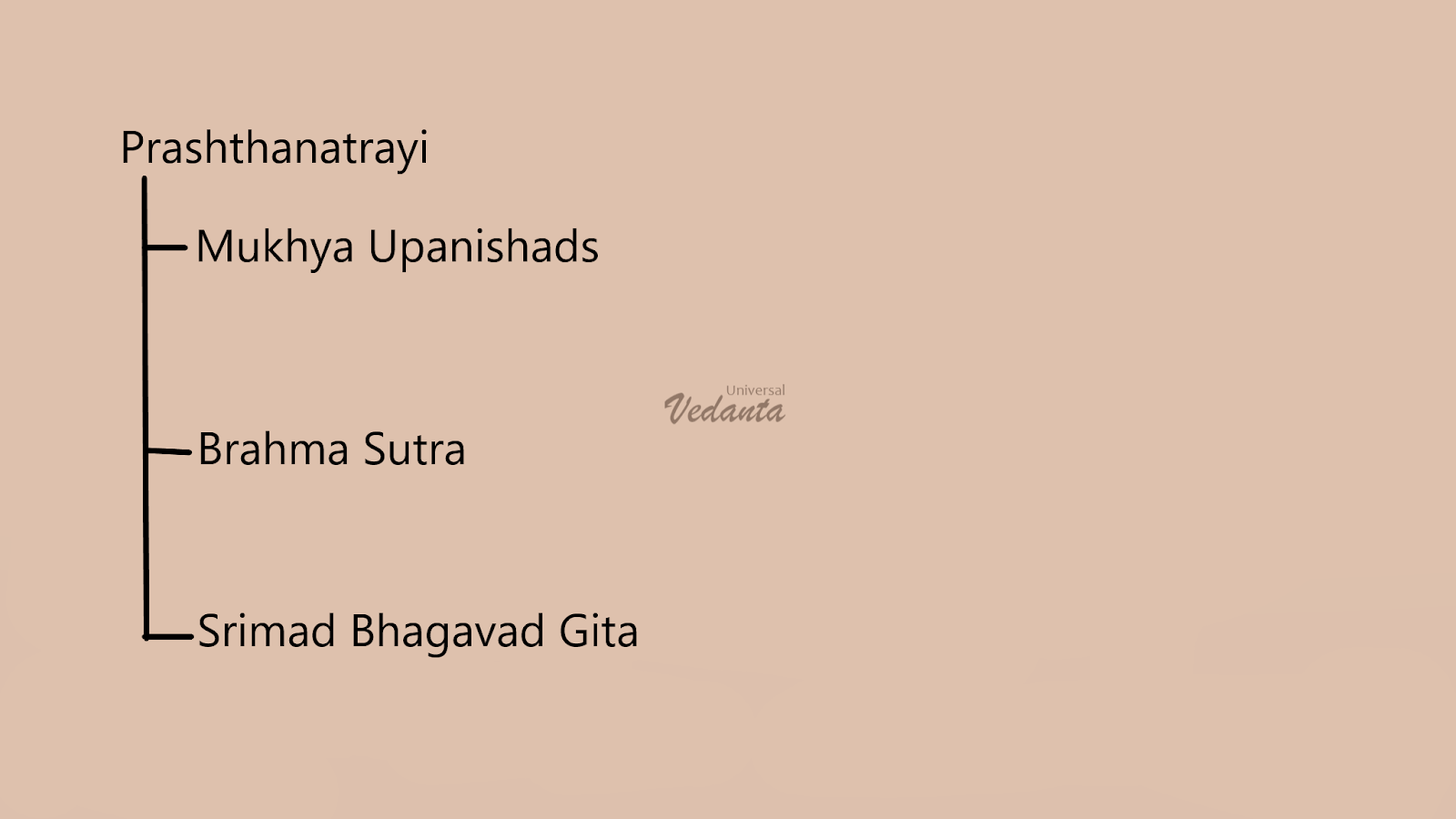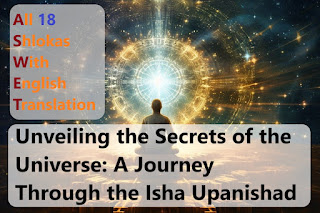Universal Vedanta। Introduction to Vedanta। Part 2 | Detail Understanding of Vedanta
Welcome back to my blog. Let me take an opportunity to continue the introduction of Vedanta for the foundation of upcoming episodes on different Upanishads. Read the first part from https://universal-vedanta.blogspot.com/2022/07/introduction-to-vedanta-part-1.html or listen it at https://youtu.be/bXji-nbAWy4.
When the
earth was not divided by borders of any country, when there were hardly any
civilizations in the world that time few extraordinary intelligent people on
the bank of Sindhu and Sarasvati River were trying to solve the mystery of this
universe. Today we know their work as the Vedas. There are four Vedas – the Rigveda,
the Samaveda, the Yajurveda and the Atharva Veda. The masterpieces are
collective work of unknown sages whom we call Rishis. But Rishi Vyas Dev, known
as Veda Vyas, compiled all hymns and verses or mantras and Shlokas in different
Vedas. There are many claims about written period but no one till today knows
the real date when the Vedas were written. The Vedas were written in the Vedic
Sanskrit language. They are composed in very few words in poetic manner with
rhythm, because of that the verses are very comfortable to ear.
Each Vedas
consist of four parts. The Samhitas (Consisting Of mantras or hymns), the
Brahmanas (related to rituals), the Aranyakas (theologies for Sanyasis or
ascetics who live in forest) and the Upanishads (supreme knowledge which is
foundation of Indian philosophy).
As the Upanisad was written in the end of Vedas or the knowledge written in the Upanishads are highest knowledge that means no more knowledge can be expressed in human language after this. Together all the Upanishads are commonly referred as Vedanta. There are around 200 Upanishads are known. Out of those 13 are oldest Upanishads and called as Mukhya or Principal Upanishads. Remainder 95 Upanishads are minor. These 108 Upanishads are referred in Muktika Upanishad. That is why they are called as Muktiak Canon. Other Upanishads are new Upanishads which did not match the level of any Upanishads of Muktika Canon.
Along with Shrimad Bhagavad Gita and Brahmasutra, the Mukhya or Principal Upanishads are collectively known as Prasthanatrayi. Later many interpreters wrote the commentaries or Bhashyas on the the Prasthanatrayi. Adi Shankaracharya’s incredible work known as Advaita Vedanta or monistic or nondualism. Ramanuja challenged Advaita Vedanta and formed his school of thoughts which is called Vishishtadvaita or qualified monism or nondualism. Later Madhvacharya defied both school of thoughts and a new school of thoughts emerged. That is Dvaita or dualism. In India most of the traditions or cultures are some ways or other linked to these school of thoughts. Out of these school of thoughts Adi Shankaracharya’s incredible work is treated with most respect in the Indian philosophy because of its sharp undebatable logic, explanation, and genius.
Website: https://universal-vedanta.org/
Youtube: https://www.youtube.com/channel/UCR9f52raAFQzWP9jK5U-FwA








Comments
Post a Comment